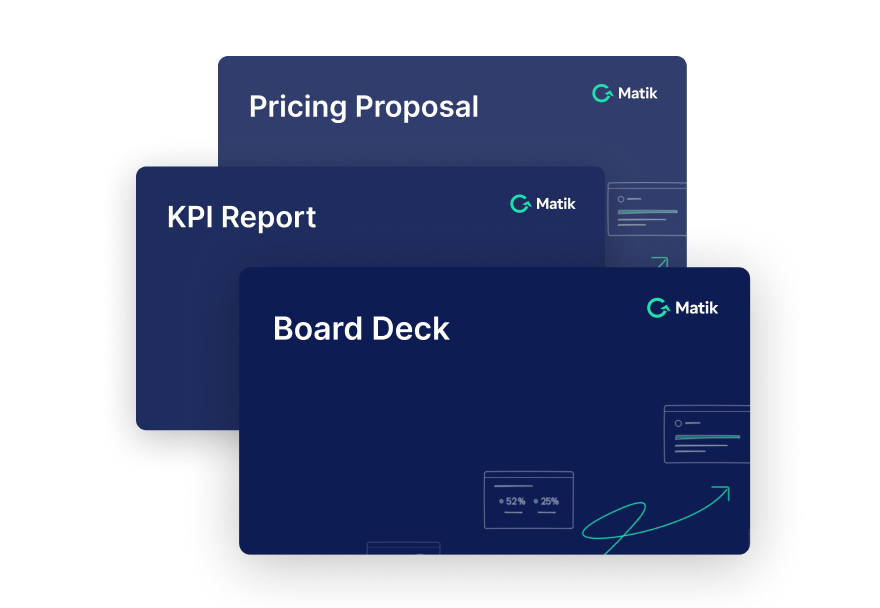Join Our Newsletter
Benchmarking data can be a huge game changer for customer success professionals. By comparing a specific customer’s performance against industry standards, past performance, or competitors, CS pros can better illustrate how their product is helping the customer make strides toward their goals. Similarly, it can help CS teams gather key learnings and make improvements internally. In this blog post, we’re exploring why benchmarking data is so impactful for customer success teams, and how your own team can experience its advantages.
Understanding the value of benchmarking data
Benchmarking data can be extremely useful for customer success teams for a variety of reasons, including:
- It helps with performance evaluation and goal setting. Benchmarking data enables CS teams to assess customer performance objectively. By comparing a customer's key metrics against industry averages, past performance, or high-performing peers, CS pros can more clearly identify areas of improvement and set realistic goals. This data-driven approach ensures that both the CSM and the customer have a clear understanding, which establishes the CSM as a trusted advisor. And when your customers trust you, they’re more likely to stick around.
- Data-backed insights empower decision making. Insights from benchmarking data are especially powerful because they go beyond anecdotal evidence. By having a grasp on this type of data, CS teams (and the customers they work with) can make data-driven decisions around things like resource allocation. It also helps teams more easily call out patterns and trends, jump on growth opportunities, and align strategies to meet customer needs.
- It helps teams determine what’s working. The effectiveness of benchmarking data goes far beyond customer conversations — it can also be used internally to develop strategies. For example, by comparing top-performing customers, CS teams can more easily uncover the tactics and steps that consistently lead customers to success with the product. Sharing these findings with other departments, such as sales or product, will help turn insights into action.
Tips for sharing benchmarking data effectively
- Ensure confidentiality and anonymity. Of course, customer data confidentiality is crucial. Anonymize and aggregate customer information to protect individual privacy before sharing it out.
- Provide context and interpretation. Raw data doesn’t provide a clear enough picture for customers to come away with a comprehensive understanding. Every piece of data you share should be presented in a way that is easy to grasp. Whenever necessary, explain the methodology used behind the benchmarks and what it means for the customer in specific terms. Using data visualizations is a great way to help customers understand what the benchmarking data means.
- Personalize, personalize, personalize. Every customer is unique, and their goals and challenges may differ — so make sure the benchmarking insights you provide are specific to their needs and goals. Highlight the areas they care about most to demonstrate your understanding of their business, and your investment in their success.
- Fine-tune and iterate. Be sure to gather feedback from customers to make sure the data you’re sharing with them is as helpful as possible. Always stay open to feedback and make iterations as you go. You can also add additional data points per customer requests.
As we’ve covered, benchmarking data is a powerful tool for CS teams when it is presented and utilized correctly. By using it to evaluate performance and make informed decisions, you can have more productive conversations with customers and build long-standing trust. Learn more about how to use data to build trust with customers in this on-demand webinar.
---
See Matik in Action—Request a Demo















